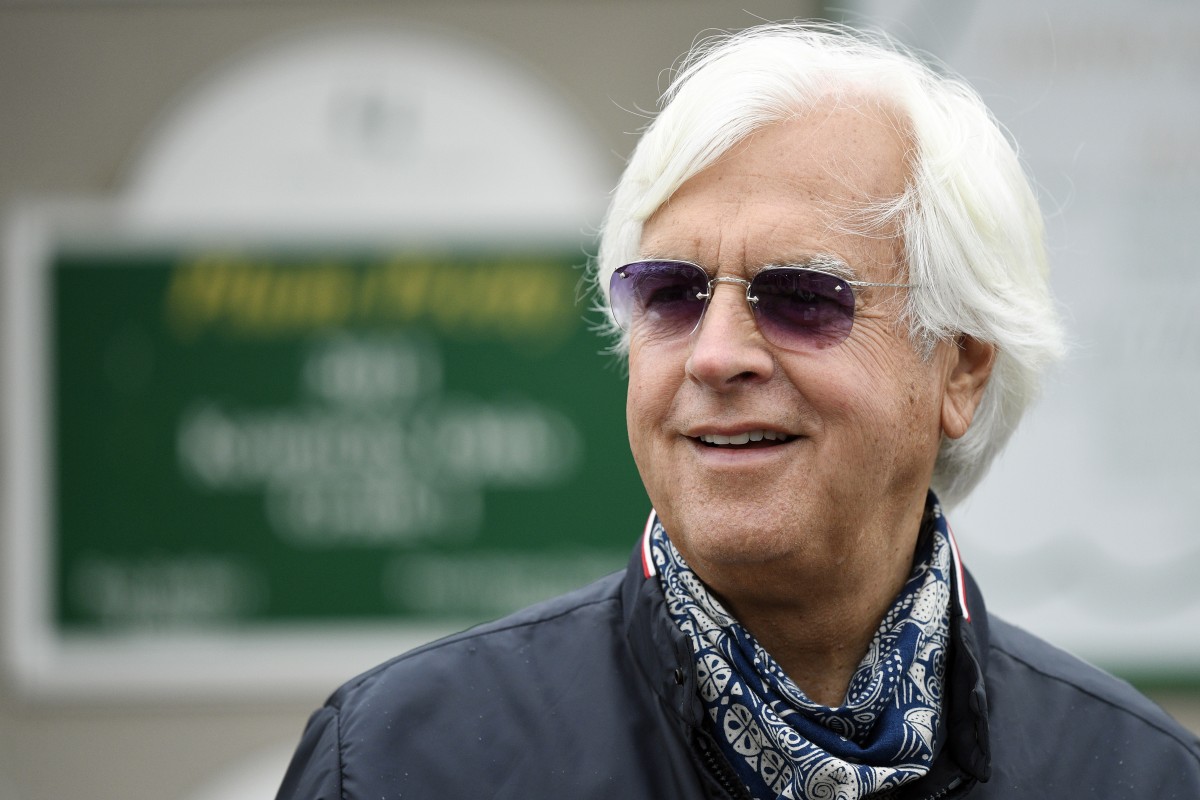There was a theory — or maybe a hope — during the 37-year lull between Triple Crown winners that having a super horse come along again would reinvigorate the sport.
Then American Pharoah won the Kentucky Derby, Preakness Stakes and Belmont Stakes in 2015.
Justify did it in 2018.
Not much changed. Those events remained appointment viewing for a large number of sports fans, and crowds flocked to them (unless there was a pandemic.) Betting on horses remained robust at around $10 billion a year, even as betting on other sports expanded.
The lesson: Horse racing is already wedged into America’s sports consciousness, and that’s enough to keep the industry going.
The only thing threatening this whole equilibrium is, well, what we saw play out this year, with Kentucky Derby winner Medina Spirit testing positive for a prohibited anti-inflammatory drug.
Despite that potentially disqualifying test result — which has not yet been confirmed by a second sample from Kentucky — Medina Spirit was allowed to run (with special conditions, including extra tests that he passed) in the Preakness, where he finished third.
Perhaps, as USA TODAY’s Dan Wolken argued, that’s for the better. The controversy over the scandal would have only grown as the colt chased a Triple Crown. The horse’s trainer, Bob Baffert, was already doing what he could to minimize his own exposure and opted not to attend the Preakness Stakes.
The problem is this: The damage is done, and yet it does not seem likely that we’re any closer to a true reckoning that would lead to lasting change.
Baffert, in a statement given to NBC, maintained his innocence:
“I have been deeply saddened to see this case portrayed as a ‘doping’ scandal or betamethasone labeled as a ‘banned’ substance. Neither is remotely true. Betamethasone is an allowable and commonly used medication in horse racing. Further, 21 picograms would have zero pharmacology in a horse. All I ask is that everyone not rush to judgment and allow all of the facts, evidence and science to come to light.”
In case you haven’t been following the story closely, Baffert originally claimed that Medina Spirit had never been given betamethasone before changing his story to say that an ointment used on the horse included the drug.
And that’s the problem: If the most well-known trainer, with seemingly unlimited resources, is not really sure what medications are being used on his horses, what’s going on with the rest of the sport?
Baffert should be different. He should be the exemplar of a clean trainer who takes impeccable care of his horses. But he has now been cited five times for violations in the last year; the New York Times found 29 violations over 40 years. Baffert has deflected many of these charges successfully: Justify, for instance, tested positive for a banned substance after the Santa Anita Derby, but the case was eventually dismissed because it was blamed on contaminated feed. If Medina Spirit’s second sample comes back positive, you can expect a long, drawn out legal challenge that will throw the “official” result of the Kentucky Derby in doubt for years.
Maybe that helps Baffert sleep better at night, but it does nothing for horse racing’s reputation. Every time the Triple Crown chase involves talk of drugged horses, it alienates bettors who want a fair contest but also threatens to awaken casual sports fans to how horses who aren’t running in million-dollar races are treated. It creates discussion around the ethics of driving such young horses — or any horses, for that matter — to be so competitive, and the lengths some might go to in order to keep them running.
Perhaps that’s a conversation we should be having, but there’s still a lot of money at stake in horse racing so it’s not going anywhere anytime soon.
So what can be done? There’s long been talk of forming a national governing body to establish rules and regulations around the sport. Right now, much of that is left to individual state racing commissions, leading to confusion.
Thanks to legislation passed late last year, the U.S. Anti-Doping Agency will take over monitoring the medicines used on horses and a regulatory board will monitor other track safety issues starting in July 2022. That could lend a sheen of legitimacy to horse racing.
Whether the sport as a whole accepts these changes remains to be seen. Horse racing is made up of many disparate interests — trainers, owners, breeders — and it’s hard to imagine them all openly embracing one national program.
But it needs to happen.
Having a Triple Crown winner (or two) turned out to be only a nice boost to the sport. It was not transformative.
Having horses continue to test positive for substances that should not be in their blood on any race day let alone the biggest one of the year, though, could be transformative. It could bring the whole thing down.
